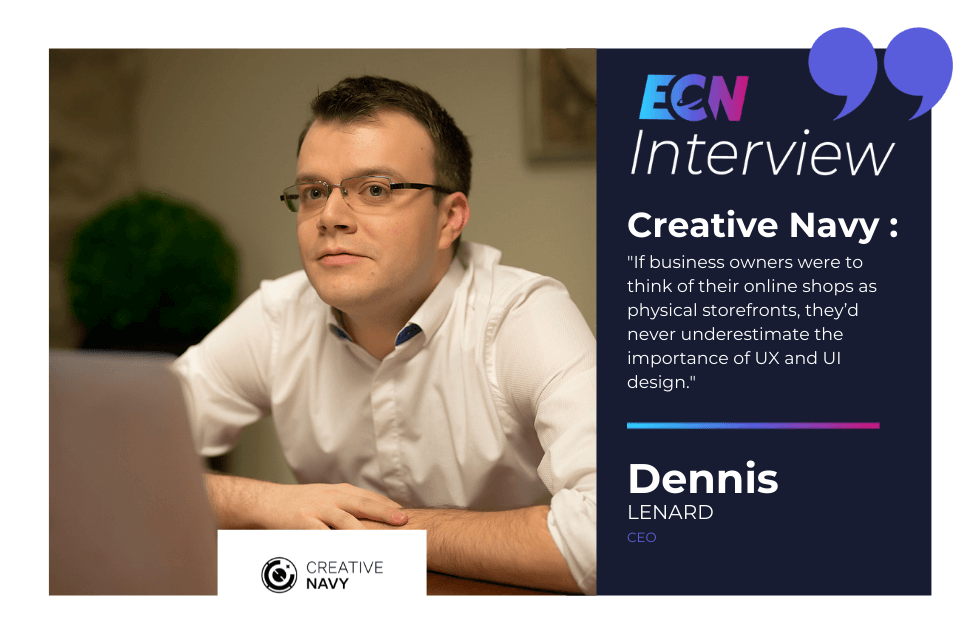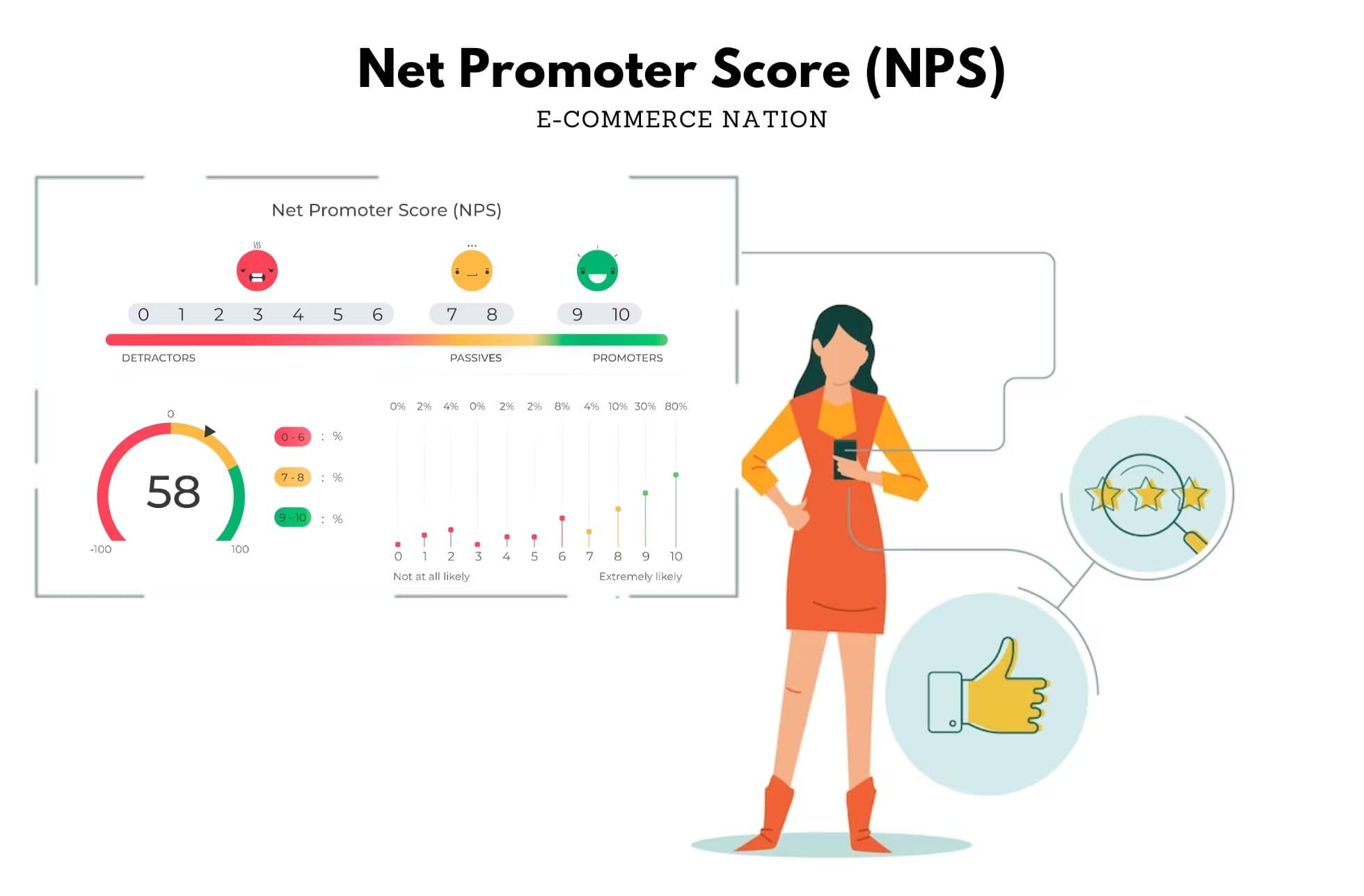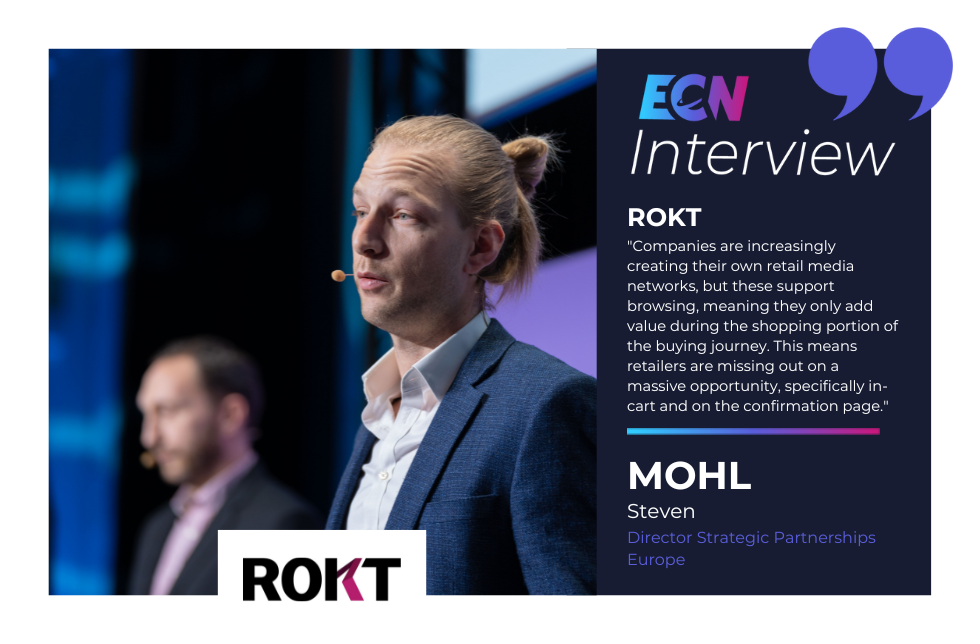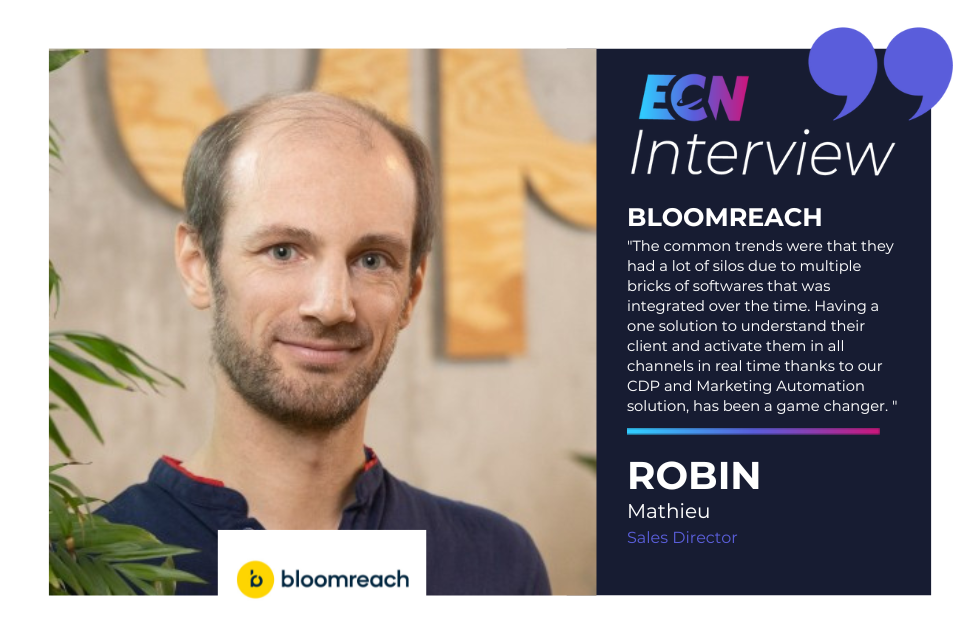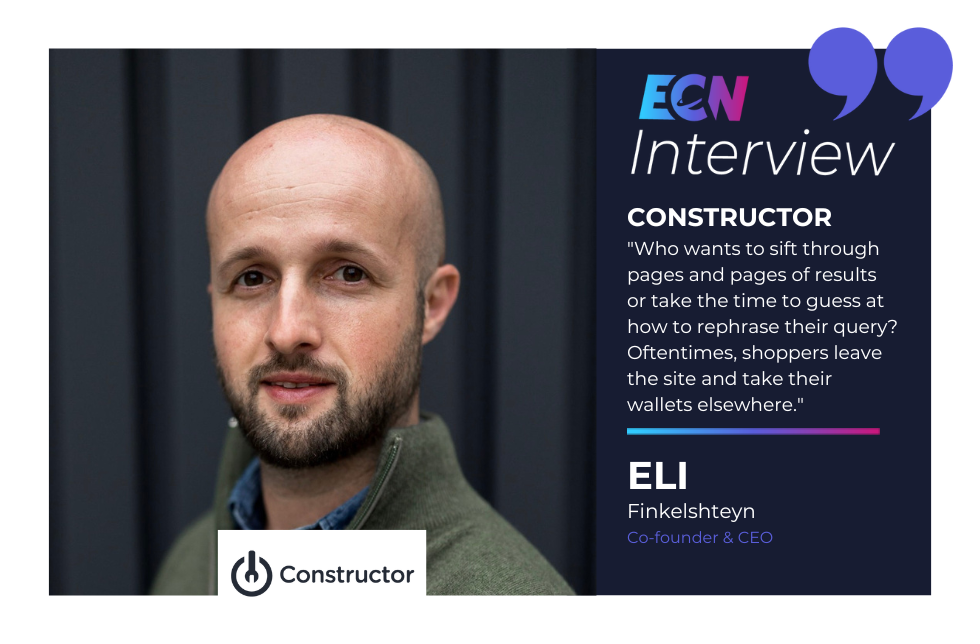For this interview, I exchanged with Dennis Lenard, CEO of the agency Creative Navy, specialized in UX / UI Design. Dennis answered my questions about the importance of design in the development of an online store, strongly influencing the customer experience and therefore, your conversion rate.
Read the full interview now:
Can you introduce yourself and your background?
My name is Dennis Lenard and I’m the CEO of Creative Navy UX Agency. For the past decade, my team and I have been using UX knowledge and scientific research methods to deliver best in class design solutions. I’ve always admired the punctilious work ethic of engineers and I like to think we’ve successfully managed to emulate their evidence based approach to innovation at Creative Navy. Despite being design obsessed, my educational background also includes studies in the fields of law, economics, and philosophy.
Can you introduce Creative Navy and its activities?
In its ten years of existence, Creative Navy has managed to set itself apart globally as a leading design agency. We’re known for taking on complex projects, especially in the medical and industrial sectors (where we focus on embedded Graphical User Interfaces). Working on products with a real impact on other people’s livelihoods keeps us focused and motivated.
We use UX design solutions to eliminate the need for user training, prevent potentially fatal errors, reduce user fatigue, and increase productivity. As UX designers, we work both creatively and pragmatically to increase added value for the user. In the beginning, every project is plagued by ambiguity, which is why a systematic research process is the best way to uncover the most suitable solution.
The clients we work with range from high profile companies such as Jaguar and Philips to startups looking to build their first digital product. We believe in quality over quantity, which means that if a project piques our interest, we’ll gladly take it on.

What is the importance of UX and UI Design in the E-commerce world today?
If business owners were to think of their online shops as physical storefronts, they’d never underestimate the importance of UX and UI design. To further this analogy, the UI is the look of your store, and the UX is how well it runs. Both appearance and functionality are extremely important.
Profit margins have decreased significantly because most markets are oversaturated. Users come in with high expectations. There’s more competition than ever before, and a purely transactional experience no longer suffices for the modern buyer. Imagine entering a shop and being treated very poorly. That’s what faulty UX is for online shoppers.
Would you expect someone to return after an awful experience, be it online or in person? Because they never do.
What are the most important elements in creating a quality customer journey?
The best customer journeys are built to fulfill customer needs. That’s difficult to achieve because a customer base can be very diverse. For example, all necessary information should be presented in the adequate format and succession so that users don’t have to waste time searching for it.
Additionally, interactive functions should also be modeled on customer needs. The customer journey is rarely, if ever, as simple as just adding something to cart and checking out. Extra functions should be in place to support the user as they’re deciding on their purchase. It’s also great if the business offers users support after they’ve completed their purchase.
What is the process of prototyping and designing a product?
At Creative Navy, we use the Double Diamond design model, which was popularized by the British Design Council in 2005. It has 4 phases that designers can go through as many times as they need to in order to arrive at the best possible solution.
It starts off with a discovery phase, during which the design team gathers relevant information and looks to uncover the depths and nuances of the problem at hand. The next step is defining the problem, which means sorting through all the data collected during discovery and choosing the most relevant and feasible aspects. During the development phase, it’s all hands on deck. Designers start building wireframes and prototypes which then go through user testing. Once that’s over with, all that’s left is the delivery phase.
Simply put, we study the problem, pitch relevant solutions, adapt according to constraints, and then start fleshing out our ideas. We keep in close contact with the relevant stakeholders during the entire process and always make sure user needs are at the forefront of everything we make. We make it a priority to build consensus across departments if the product we’re working on affects various stakeholders.
Is there a difference between designs for businesses and those for individuals?
When it comes to B2B versus B2C, the main difference is the complexity of the conversion flow. If in business to consumer e-commerce the user flow is fairly straightforward, in business to business customers usually have to request a quote before they can even decide on the purchase. There’s also much more product variety in B2B, where a single part can be customized to meet any number of configurations.
Because B2B sales etiquette is different, it has taken the niche longer to catch up with B2C in terms of usability, visuals, making websites mobile friendly, and striving to offer services that bring added value instead of just the products themselves. Luckily, as of late, B2B sellers have begun to show more interest in the UX/UI design of their e-commerce platforms, and they are even starting to focus more on stunning visuals and videography, in an attempt to provide better user experiences like B2C.
What are the recommendations you give the most to increase the conversion rate of an E-commerce site?
Increasing conversion largely depends on one thing: getting to know your customers well enough that you understand how to support them as they make the decision to purchase. What works best is implementing a flow that is logical and intuitive. That means prioritizing user needs, taking care not to overwhelm people with options, making sure that all the elements and functionalities work as expected, and offering support every step of the way.
Aside from UX and UI, the marketing component is also very important. Strong product visuals and copy can really shine, especially on an e-commerce website built according to UX principles. UX design ensures that the customer has sufficient cognitive resources to be able to enjoy product related content.
We know that B2C online sales have changed a lot during the pandemic, what about B2B sellers?
The pandemic has been a powerful incentive for businesses everywhere to get creative, adapt, and evolve. B2B sellers have become more concerned with their online presence and the e-commerce experience they offer, as the trade shows and gatherings where they would normally market their products were cancelled or postponed.
Before the pandemic, the B2B sector was stuck in a paradox: despite being prosperous, its e-commerce capabilities were generally outdated. With consumer expectations reaching new peaks and their old marketing strategies sabotaged by the pandemic, B2B sellers were forced to make improvements or risked losing a big chunk of their clientele.
What advice would you give to e-merchants who want to improve user experience?
Taking the first step means conducting an audit, to see what works and what doesn’t. This means searching for user reviews, talking to the customer support staff, the sales team, and even to actual customers. By getting to know your client base’s struggles, you get a clearer picture of where and how your app or website is failing them.
Pair this data with website bounce rates and you already have a decent foundation for a UX design project. Doing this simple preliminary research can help you champion your case to stakeholders within your company. It also makes it easier for you to write a design project proposal.
What E-commerce / M-commerce trends would you follow over the next few years?
It is very tempting to rely on trends and to focus on what is considered hype worthy at a certain point in time. The issue with trends is that they quickly become obsolete. When it comes to functional designs that require an elaborate user experience, we tend to avoid trends and create a timeless graphical user interface that aims to aid the user’s digital journey. We rarely use trends when it comes to complex solutions delivered in the form of graphical user interfaces.
In contrast, when asked to deliver concept designs or emotional design ideas, we do consult trends and try to align with them. Long story short, it all depends on the audience and on the complexity of the solution we’re working on. Predicting future trends is a difficult task, but functionality is the only trend that will pass the test of time. It will always be the key to keeping users engaged with a digital product.
The user experience is thus at the center of the debates and the E-commerce landscape of the 2020s. This is due to the fact that consumers are more and more demanding in terms of shopping experience, but also due to search engines. Search engines are indeed looking for websites that offer a positive experience, especially in terms of layout and loading time.
And you, what is the UX strategy you apply on your website? Don’t hesitate to tell us on our social media!

